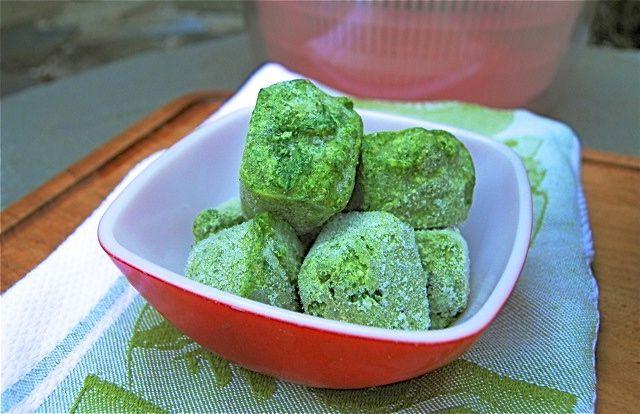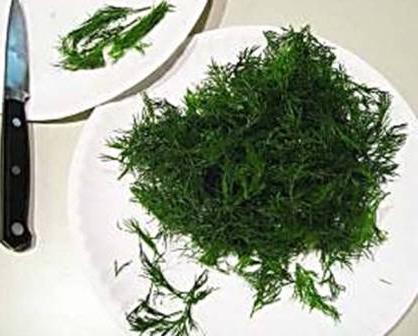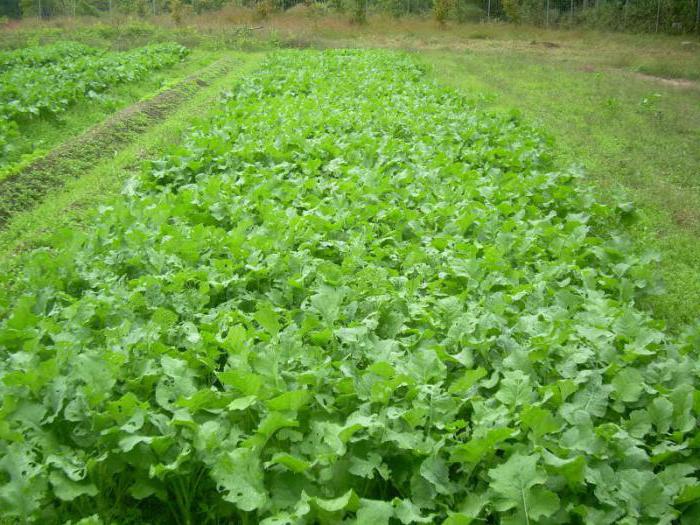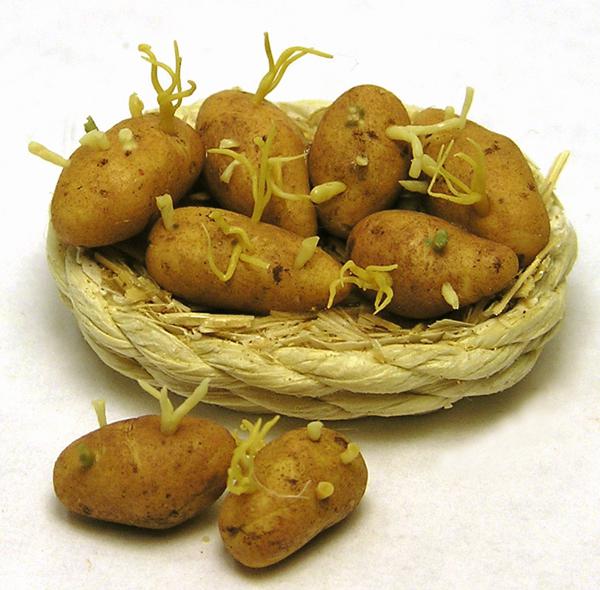Choose siderates for the winter
If you treat the land philosophically, with lovea real farmer, then sowed under the winter can be called gratitude for the man collected from fields and vegetable gardens wealth. The soil, giving us a little bit of its fertility and not getting anything for it in return, is gradually depleted, giving more and less meager yields. The Earth can not be restored even by the most modern chemical preparations and fertilizers. Nature itself suggests the right solution: fertilizer should only be natural! The fact that nature stops in the winter, can only speak poets and writers. Tell this to a person who knows and loves the land. He smiles: "She is gaining strength at this time!"
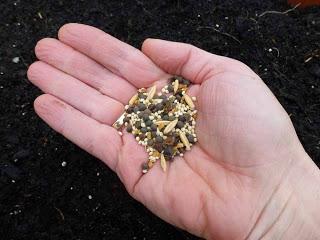
Sowing time
Why is it better to sow siderates for the winter? Those who preferred natural farming, abandoning deep tillage, know: the load of this work is easily carried out by plants. Ciderates perfectly structure the soil. By releasing the roots, they perforate a multitude of tubules (vertical, horizontal), and the earth becomes more porous. It is much easier to penetrate moisture, the inside circulates air better. More comfortable conditions for soil inhabitants are created. With the advent of winter, the roots of the siderates die, and frosts start to work. Freezing channels, they even loosen the soil, strengthening its porosity. You get a kind of "biological plow". It turns out that sowing seeds for winter and practical, and more convenient. Although, if there is a possibility, then in addition it should be done in the spring.
What sow the siderates?

For autumn planting onlyfast-growing and cold-resistant plants. Very well enrich the soil with olive radish and white mustard. Alternatively, mixtures can be considered. This can be a collection of varieties of phacelia, oats and mustard. The main thing is to pick the right plants. Do not sow one after another the cultures of one family. For example, do not place beans (or peas) after mustard, cabbage, lupine, radish. They have only diseases and pests. It is also important to remember that different cultures enrich the soil in different ways. Some of them also suppress the growth of weeds. Determine for what purposes you need siderates. If you are interested in composting or mulching, sow oiled radish. Enrich the soil with nitrogen to help vetch, lupine, sweet clover. Rye and oats (like siderat in autumn) will loosen the earth, restore its structure and suppress the growth of weeds.
How to sow siderates for the winter?

The best time is the beginning of autumn. If the beds are still occupied with some vegetables, use the seeding method: as long as the crop ripens, the siderates will rise and grow. Plant nurses should alternate. They are sown, as usual, in shallow loosened soil. It is not necessary to make grooves (on large areas it is inconvenient and troublesome), you can simply scatter the seeds. Then enough to "walk" the rake. Ciderates under winter are more often sown under early planted crops: onions, lettuce, potatoes. They can even be left until May - they will just pick up a maximum of green mass, they will have time to infiltrate the soil with microelements. Some farmers plow them into the ground a couple of weeks before planting other crops. Perhaps, with large volumes, when the machinery works mainly, this is really the best option. However, the benefits will be greater if you leave the siderates until the autumn, just squeezing them (cutting, for example, a flat-topper) them at a depth of 3 cm. First, you will get an excellent mulch, and secondly, the roots of the plant nurses will continue to loosen the soil. But in the case of smuggling their work will be reduced to zero. The benefit will only be from the green mass. Cut the ciderates before they bloom. If the plant outgrows, it will give the earth less nitrogen, will decay much longer, and not have time to decompose the residues can sour. </ strong </ p>
